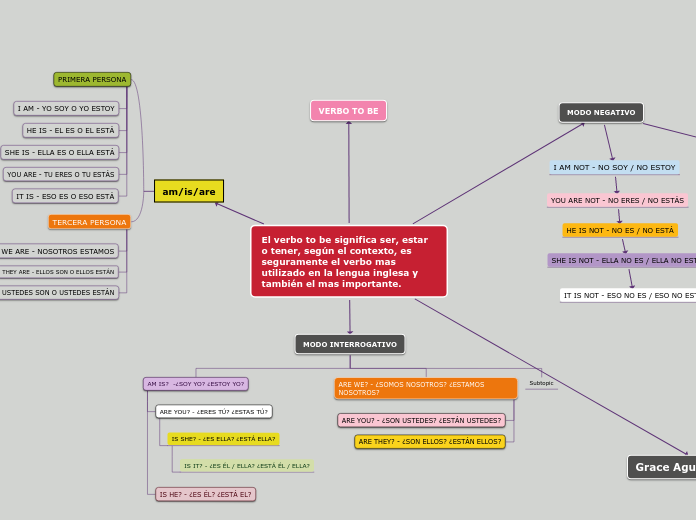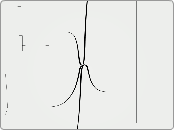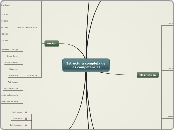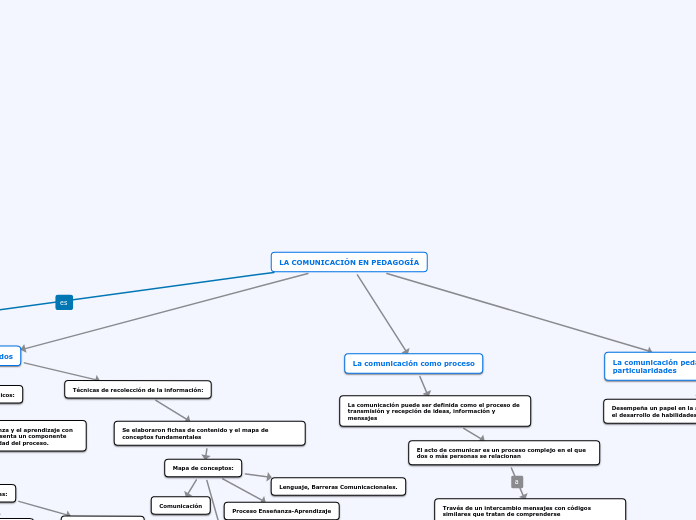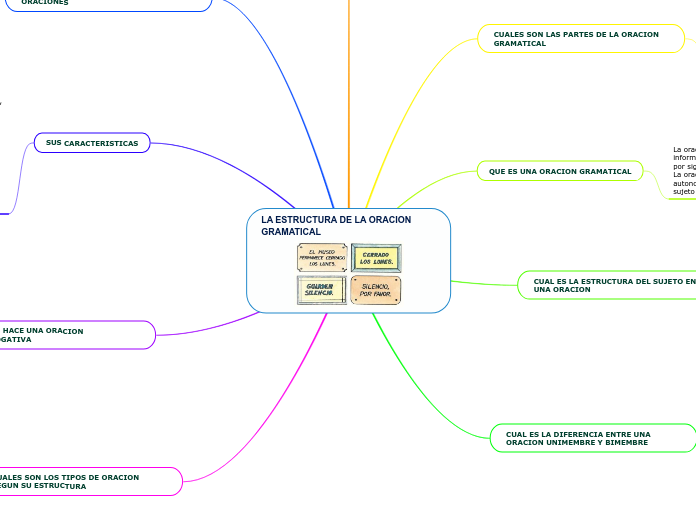El verbo to be significa ser, estar o tener, según el contexto, es seguramente el verbo mas utilizado en la lengua inglesa y también el mas importante.
Name the character
Type in the name of the character whose change throughout the story you are going to analyze.
Example: Nick Carraway.
MODO INTERROGATIVO
Character's behavior
Think of the character's behavior at the beginning of the story and look for the way it changed throughout the story.
Subtopic
ARE WE? - ¿SOMOS NOSOTROS? ¿ESTAMOS NOSOTROS?
ARE THEY? - ¿SON ELLOS? ¿ESTÁN ELLOS?
The reason for the change in behavior
Type in the explanation for the character's change of behavior.
Example: He became so involved with dishonest and careless people that he began to resemble them.
ARE YOU? - ¿SON USTEDES? ¿ESTÁN USTEDES?
The reason for the change in behavior
What caused the character to change the first behavior you mentioned? Type in the reason for the change.
Example: 'because no one else was interested ', and he felt Gatsby shouldn't be left alone in his last moments.
AM IS? -¿SOY YO? ¿ESTOY YO?
IS HE? - ¿ES ÉL? ¿ESTÁ EL?
Initial behavior
What is the character's behavior at the beginning of the story? Type in a relevant quote for your statement.
Example: Nick seems to be an honest person, calling himself 'one of the few honest people that I have ever known'.
ARE YOU? - ¿ERES TÚ? ¿ESTAS TÚ?
Initial behavior
How does the character act at the beginning of the story? Type in a relevant quote for your statement.
Example: Nick shows his immature side as he leaves to New York in order to avoid 'being rumored into marriage' with his girlfriend.
IS SHE? - ¿ES ELLA? ¿ESTÁ ELLA?
IS IT? - ¿ES ÉL / ELLA? ¿ESTÁ ÉL / ELLA?
Grace Aguilar Roque 462
MODO NEGATIVO
WE ARE NOT - NO SOMOS / NO ESTAMOS
THEY ARE NOT - ELLOS NO SON / ELLOS NO ESTÁN
YOU ARE NOT - NO SON / NO ESTÁN
I AM NOT - NO SOY / NO ESTOY
YOU ARE NOT - NO ERES / NO ESTÁS
HE IS NOT - NO ES / NO ESTÁ
SHE IS NOT - ELLA NO ES / ELLA NO ESTÁ
IT IS NOT - ESO NO ES / ESO NO ESTÁ
am/is/are
Character's feelings
Focus on the way the character's feelings are presented at the beginning and at the end of the story, while explaining why they have changed.
TERCERA PERSONA
YOU ARE - USTEDES SON O USTEDES ESTÁN
The reason for the change of feelings
Why did the character change his feelings? Type in the answer.
Example: the East lost its appeal due to the shallowness, carelessness and corruption.
THEY ARE - ELLOS SON O ELLOS ESTÁN
WE ARE - NOSOTROS ESTAMOS
The reason for the change of feelings
What caused the character to change the first belief you mentioned? Type in the reason for the change.
Example: disgust towards the lack of morality in the Buchanan family.
PRIMERA PERSONA
IT IS - ESO ES O ESO ESTÁ
Initial feelings
What was the character's initial belief? Type in a relevant quote.
Example: 'seems like the ragged edge of the universe' - Nick talking about Midwest, the place where he grew up.
YOU ARE - TU ERES O TU ESTÁS
SHE IS - ELLA ES O ELLA ESTÁ
HE IS - EL ES O EL ESTÁ
Initial feelings
How does the character feel about a certain subject at the beginning of the story? Type in a relevant quote to support your statement.
Example: "Reserving judgements is a matter of infinite hope."
I AM - YO SOY O YO ESTOY
VERBO TO BE
Title
Type in the title and author of the literary work that introduces the character.
Example: The Great Gatsby, by F. Scott Fitzgerald.
